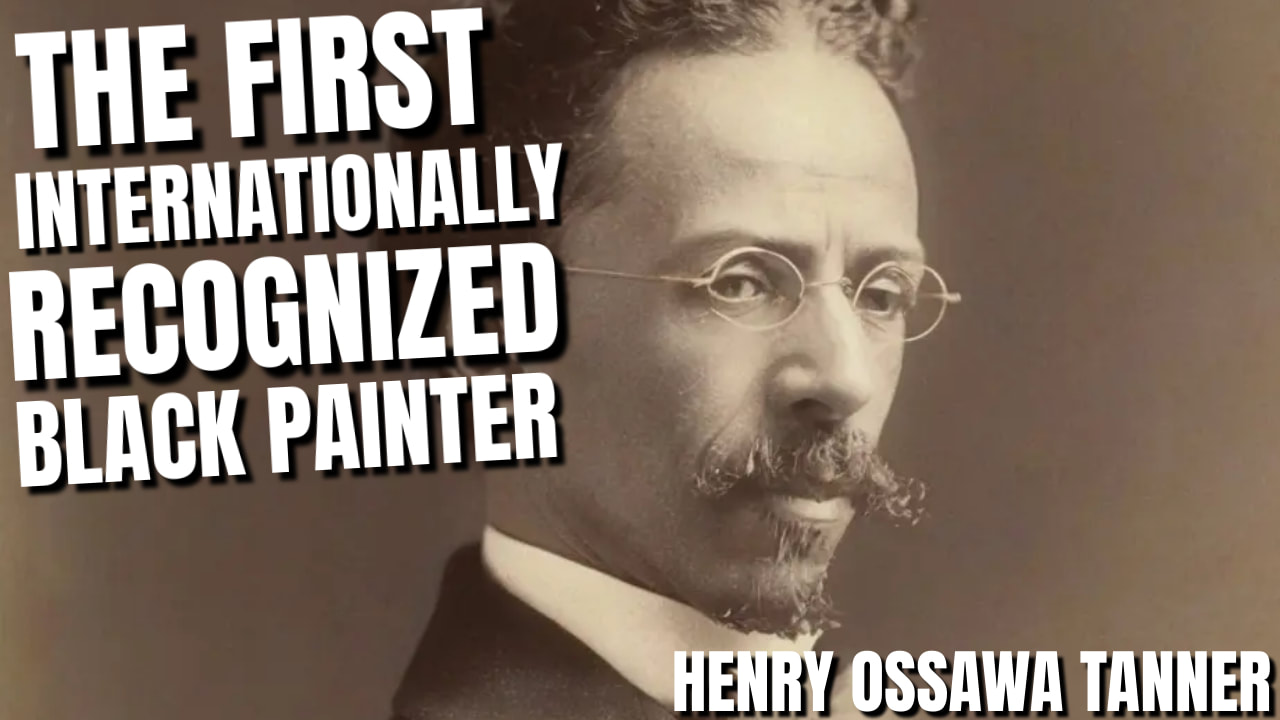|
The Aba Women's Riots of 1929, also known as the Women's War, was a significant anti-colonial revolt that occurred in southeastern Nigeria. This event is notable for its scale, organization, and role of women in challenging British colonial policies. In the late 1920s, Nigeria was under British colonial rule, and the southeastern region, comprising the Igbo and other ethnic groups, was administered indirectly through local chiefs appointed or recognized by the colonial authorities. The colonial administration implemented several policies that disrupted traditional governance structures and imposed new forms of economic exploitation. One of the key grievances that led to the Aba Women's Riots was the introduction of new taxation policies. The British authorities, seeking to increase revenue, decided to extend direct taxation to the indigenous populations, which included taxing the incomes and properties of men and potentially introducing taxes on women. This move was seen as deeply intrusive and unjust, especially in a society where women's economic activities were vital to the household and community economies. The immediate cause of the riots was a rumor in November 1929 that the British colonial government intended to impose a tax on women. This rumor sparked widespread anger and mobilization among the women of the Owerri Province. The women, led by influential leaders, organized themselves into large groups and began a series of protests. They employed traditional methods of resistance such as "sitting on a man," a form of protest where women would gather at the house of a man (or an official) they were dissatisfied with, singing and dancing, often in a mocking or satirical manner, until their demands were met. The protests escalated into what became known as the Women's War. Thousands of women participated in these demonstrations, which included attacks on colonial administrative buildings, the release of prisoners, and the destruction of warrant chiefs' homes and property. The warrant chiefs were seen as collaborators with the British and symbols of the oppressive colonial system. The women utilized their traditional networks and communication systems to coordinate their actions across a vast region, demonstrating high levels of organization and solidarity. They demanded the removal of the warrant chiefs and the end of the planned taxation. The British colonial administration was initially taken aback by the scale and intensity of the protests. The response from the authorities was swift and brutal. The colonial government deployed police and military forces to suppress the riots. The use of force resulted in significant violence, and by the end of the uprising, it was estimated that about 50 women were killed, and many more were injured. The Aba Women's Riots had a profound impact on the colonial administration in Nigeria. The protests forced the British to re-evaluate their policies. While the immediate taxation plans were suspended, the event also led to a reassessment of the indirect rule system and the role of women in the colonial economy. In the long term, the Women's War is remembered as a critical episode in Nigeria's anti-colonial history. It highlighted the crucial role of women in resistance movements and challenged the colonial narrative that underestimated their political agency. The riots also underscored the broader discontent with colonial rule and contributed to the growing momentum for independence, which Nigeria eventually achieved in 1960. The Aba Women's Riots remain a powerful symbol of collective action and resistance, and they are commemorated in Nigerian history for their demonstration of women's leadership and courage in the face of colonial oppression.
0 Comments
5/7/2024 A Black Painter Committed To The Liberation of Black Americans | Henry Oshawa TannerRead NowHenry Ossawa Tanner was born on June 21, 1859, in Pittsburgh, Pennsylvania. His father, Benjamin Tucker Tanner, was a prominent African Methodist Episcopal (AME) minister and bishop, while his mother, Sarah Tanner, had escaped from slavery via the Underground Railroad. The name "Ossawa" was derived from the name "Osawatomie," indicating the family's commitment to the abolitionist cause. Tanner grew up in a religious and intellectually stimulating environment, surrounded by discussions on faith, civil rights, and social justice. In 1868, the Tanner family moved to Philadelphia, where Henry attended public schools. His fascination with art began at age 13 when he saw an artist painting in Fairmount Park. This event sparked a lifelong passion for painting. Tanner's formal art education began when he enrolled in the Pennsylvania Academy of the Fine Arts (PAFA) in 1879, one of the oldest art schools in the United States. There, he studied under Thomas Eakins, a celebrated realist painter known for his progressive teaching methods and emphasis on anatomy and the human form. Tanner was the only African-American student at PAFA, and he excelled in his studies, receiving encouragement from Eakins. However, despite his academic success, Tanner faced significant racial discrimination. Finding opportunities to advance his career in the United States proved challenging. This discrimination influenced his decision to move to Europe, where he hoped to find a more welcoming environment for his work. Because he faced racism and limited opportunities, Tanner needed to raise money to move to Paris. Originally, he opened a photography studio but it didn’t raise enough money to travel. He was allowed to teach at Clark Atlanta with help from Bishop Joseph Crane Hartzell, a trustee at Clark Atlanta. The teaching job allowed Tanner to raise the money he needed to study in Paris. In 1891, Tanner moved to Paris, France, where he studied at the prestigious Académie Julian. Paris offered a more liberal atmosphere for African-American artists, and Tanner was able to work without the same level of racial prejudice that he faced in the United States. He quickly integrated into French artistic circles, forming connections with prominent artists and exhibiting his work at the Paris Salon, the most prestigious art exhibition in France. Tanner's paintings during this period were primarily landscapes and scenes of daily life, but he later shifted focus to religious subjects, a theme that would define much of his later career. His breakthrough came in 1896 with the painting "The Resurrection of Lazarus," which garnered acclaim at the Paris Salon and was later purchased by the French government. This success established Tanner's reputation and opened new opportunities for him in Europe and beyond. Throughout his career, Tanner focused on religious themes, using his art to explore spirituality, faith, and biblical narratives. One of his most famous works, "The Annunciation" (1898), is celebrated for its innovative depiction of the biblical story, focusing on subtlety and emotional depth. Tanner's use of light and shadow in his religious works became a hallmark of his style. Tanner's acclaim extended to both sides of the Atlantic. In 1900, he was awarded a medal at the Exposition Universelle in Paris, and in 1909, he became the first African-American painter to be elected a full member of the National Academy of Design in New York City. Despite his success, Tanner remained committed to his religious roots and continued to explore spiritual themes in his work. Tanner lived in Paris for most of his life, though he made several trips back to the United States, where he mentored African-American artists and encouraged them to pursue their artistic careers. He died on May 25, 1937, in Paris, leaving behind a rich legacy that inspired generations of African-American artists to follow in his footsteps. Henry Ossawa Tanner's life and work represent a remarkable journey of artistic achievement and personal perseverance. As the first African-American painter to gain international acclaim, his legacy endures as a testament to the power of art in overcoming prejudice and bridging cultural divides. |
Details
Categories
All
Click Here to join our mailing list
|
Contact Us: |
Connect With Us |
Site powered by PIT Web Design



 RSS Feed
RSS Feed



